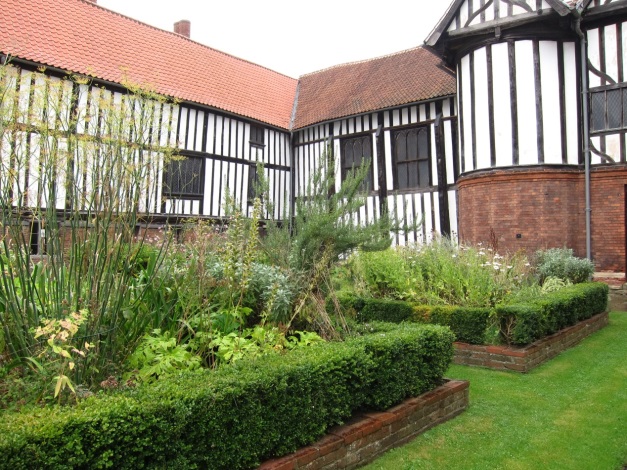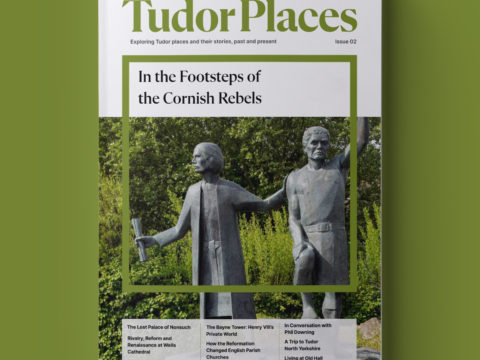Katherine Parr: Life Story
Chapter 2 : Mistress Burgh (1529 - 1533)
The primary secular duty of everyone in the late Middle Ages and early Tudor period was to advance the family unit, which generally meant the family as represented by the oldest son. The part of a daughter was to marry well, to increase the influence of her family. Although compatibility of age and tastes might be considered, as love following marriage was considered desirable, her parents made the choice and obedience was expected to be absolute.
Lady Parr took her duty of arranging a match for her eldest daughter seriously. She began negotiations with the Scrope family, via Lord Dacre, grandfather of the intended groom, Henry. Unfortunately, despite Lord Dacre's enthusiasm for the match, his son-in-law, Lord Scrope seems to have been unimpressed with the notion of Katherine as a match for his son and made unreasonable demands. In particular, he demanded that he would be able to retain Katherine's dowry, should the marriage not take place because of an early death on the part of his son. Clearly Maud could not accept this, as Katherine would then have been unmarried and unprovided for, so negotiations were broken off. Perhaps Lord Scrope had had a premonition, or knew that his son was in poor health, as he did, indeed die young, although the draft marriage contract had provided for Katherine to marry any surviving younger brother in such a case.
Lady Parr's next matrimonial scheme was more successful, and Katherine was married in 1529 to Edward Burgh, son of Sir Thomas Burgh of Gainsborough Hall, in Lincolnshire.

Traditional stories that she was married to an old man have their roots in a confusion between young Edward and his grandfather. Katherine travelled to north Lincolnshire to live with her new in-laws, in a family that appears to have had what we might nowadays called dysfunctional elements. Old Sir Edward had been mentally disturbed, as had his younger son. The wife of young Edward's brother fell out with Sir Thomas and was thrown out of the house with her children on a charge of adultery. Sir Thomas himself appears to have dominated his family entirely. Katherine was probably glad to form her own household at Kirton-in-Lindsey after a couple of years.
The picture of Katherine as stuck in the country, far from London life and penned up with recluses and lunatics, although an appealing story, is not true. Sir Thomas was at the forefront of radical thought and a strong supporter of Henry VIII's divorce. His religious views were distinctly reformist and he became Chamberlain to Anne Boleyn and a stout resister of the Pilgrimage of Grace.
Katherine's biographers differ on whether this was the time in her life when she became influenced by religious reformers. Her father had died before religious reformation was more than a talking point at the dinner parties of intellectuals such as Sir Thomas More, and her mother remained a faithful servant of Queen Katharine up until her own death on 1531 so it is unlikely that Katherine would have picked up any evangelical ideas from her. It is difficult to believe that Katharine, only 17 and in the home of a domineering man, would not have been influenced by him, especially if he favoured her over his other daughter-in-law. Whatever Sir Thomas Burgh's influence over Katherine was, it proved short-lived, as Edward Burgh died in the Spring of 1533 in his early twenties, leaving Katherine widowed before she was twenty-one.
Katherine's religious attitudes are considered in more depth in this article here.
Katherine Parr
Family Tree
